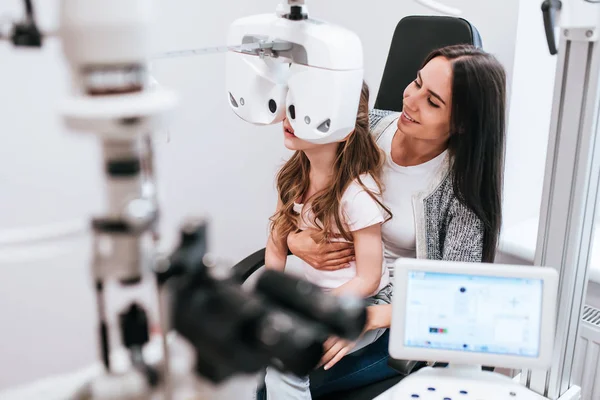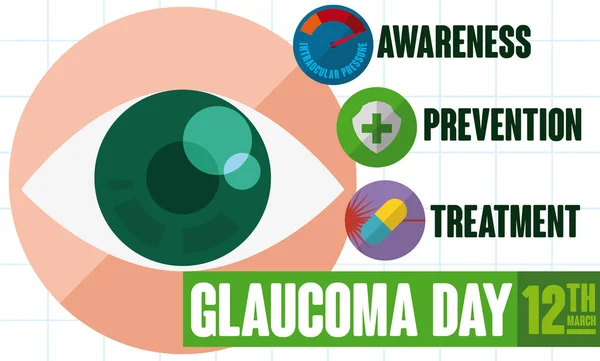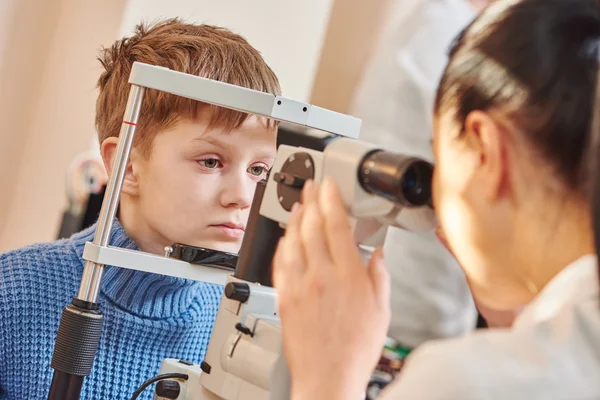The eyes are windows to the soul, and for children, they serve as gateways to the world of learning and exploration. Ensuring the visual health of our young ones is paramount, as early detection of eye issues can prevent long-term complications. In this comprehensive guide, we will delve into how to detect eye issues early and explore ten common eye problems in children, along with their solutions.
What Expert Says
According to the American Academy of Ophthalmology (AAO), the best way to detect eye problems early is to have regular eye exams. The AAO recommends that adults have a comprehensive eye exam every 1-2 years, or more often if they have risk factors for eye disease.
Here is what Dr. Sharon Wright, a spokesperson for the AAO, has to say about detecting eye issues early:
“Early detection is key to preventing vision loss from many eye diseases. That’s why it’s so important to have regular eye exams, even if you don’t have any vision problems. During an eye exam, your eye doctor will check your eyes for a variety of conditions, including glaucoma, cataracts, macular degeneration, and diabetic retinopathy. These diseases can all cause vision loss, but they are often treatable if they are caught early.”
Dr. Wright also emphasizes the importance of being aware of the signs and symptoms of eye problems:
“If you experience any changes in your vision, such as blurred vision, double vision, or difficulty seeing at night, be sure to see an eye doctor right away. These could be signs of an eye problem that needs treatment.”
Expert Lists 10 Eye Problems In Children And Their Solutions
The human eye is a marvel of biological engineering, consisting of intricate components that work in harmony to process visual information. In children, visual development is a dynamic process that can be influenced by various factors. Therefore, it is essential to be vigilant and proactive in detecting eye issues early to address them effectively.

1. Amblyopia (Lazy Eye)
Amblyopia, commonly known as a “lazy eye,” is a condition where one eye does not develop normal vision during childhood. It often results from misaligned eyes (strabismus) or a significant difference in refractive errors between the eyes. Early detection is crucial, as treatment is most effective before the age of seven.
Solution: Treatment may involve patching the stronger eye to encourage the weaker one to develop better vision. Correcting refractive errors with glasses may also be necessary.
2. Strabismus (Crossed Eyes)
Strabismus occurs when the eyes do not align properly, causing one eye to turn inward, outward, upward, or downward. This misalignment can lead to double vision and affect depth perception.
Solution: Treatment options include eye exercises, vision therapy, and, in some cases, surgery to realign the eye muscles.
3. Refractive Errors
Refractive errors, including myopia (nearsightedness), hyperopia (farsightedness), and astigmatism, can significantly impact a child’s ability to see clearly. Detecting these issues early is essential to prevent academic challenges and eye strain.
Solution: Correcting refractive errors with eyeglasses or contact lenses can provide clear vision and aid in normal visual development.
4. Conjunctivitis (Pink Eye)
Conjunctivitis is an inflammation of the conjunctiva, the thin membrane covering the white part of the eye. It can be caused by bacteria, viruses, allergens, or irritants and is highly contagious.
Solution: Treatment depends on the cause and may include antibiotics, antiviral medications, or artificial tears for symptom relief.
5. Blocked Tear Ducts
Blocked tear ducts, often present from birth, can result in excessive tearing, discharge, and eye infections in infants and young children.
Solution: Most cases resolve on their own within the first year of life. However, if the condition persists, a simple surgical procedure may be necessary.
6. Ptosis (Drooping Eyelid)
Ptosis is characterized by a drooping upper eyelid, which can obstruct vision and lead to amblyopia if left untreated.
Solution: Surgical correction may be required to lift the eyelid and restore normal vision.
7. Color Vision Deficiency
Color vision deficiency, commonly referred to as color blindness, can affect a child’s ability to distinguish certain colors.
Solution: While there is no cure for color blindness, special aids and strategies can help individuals adapt to their condition and function effectively in daily life.
8. Nystagmus (Involuntary Eye Movements)
Nystagmus involves involuntary, repetitive eye movements that can affect vision and coordination.
Solution: Treatment may include addressing any underlying causes, vision therapy, or, in severe cases, medication.
9. Cataracts
While rare in children, cataracts can develop and cause clouding of the eye’s lens, leading to decreased vision.
Solution: Surgical removal of the cataract and implantation of an intraocular lens can restore vision.
10. Retinoblastoma
Retinoblastoma is a rare, malignant tumor that develops in the retina, usually before the age of five. Early detection is critical for successful treatment and preserving vision.
Solution: Treatment options range from chemotherapy and radiation therapy to surgical removal of the affected eye (enucleation), depending on the tumor’s size and extent.
In addition to regular eye exams, there are some signs and symptoms of eye problems that you should watch out for, including:
- Blurred vision
- Double vision
- Hazy vision
- Difficulty seeing at night
- Sensitivity to light
- Eye pain
- Redness of the eyes
- Excessive tearing
- Flashes of light or floaters in your vision
- Changes in the color of your iris
- Difficulty focusing
- Headaches after reading or doing close-up work
If you experience any of these signs or symptoms, it is important to see an eye doctor right away.
Here are some tips for detecting eye issues early:

- Get regular eye exams, even if you don’t have any vision problems.
- Be aware of your risk factors for eye diseases.
- Watch for any signs and symptoms of eye problems.
- See an eye doctor right away if you experience any signs or symptoms of eye problems.
By following these tips, you can help to detect eye issues early and get the treatment you need to protect your vision.
Conclusion
In conclusion, detecting eye issues early in children is paramount for their overall well-being and development. Regular eye exams, even in the absence of apparent problems, can help identify and address potential issues promptly. With the right intervention and treatment, most eye problems in children can be managed effectively, allowing them to explore the world with clarity and confidence. Remember, the gift of sight is precious, and safeguarding it is our responsibility as caregivers and parents.
Also Read | Does High Testosterone Cause Hair Loss in Females? Uncovering the Truth Behind Baldness






